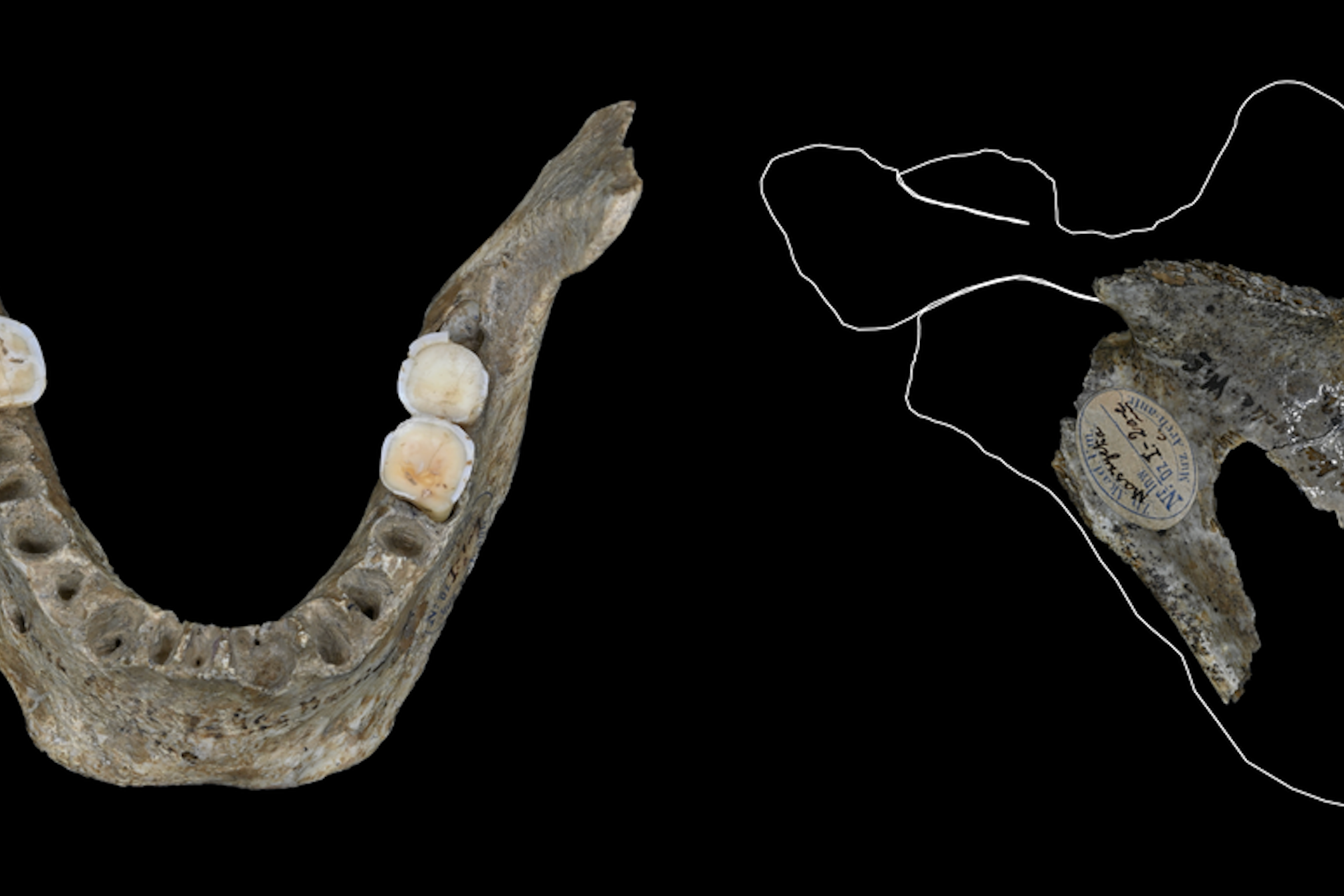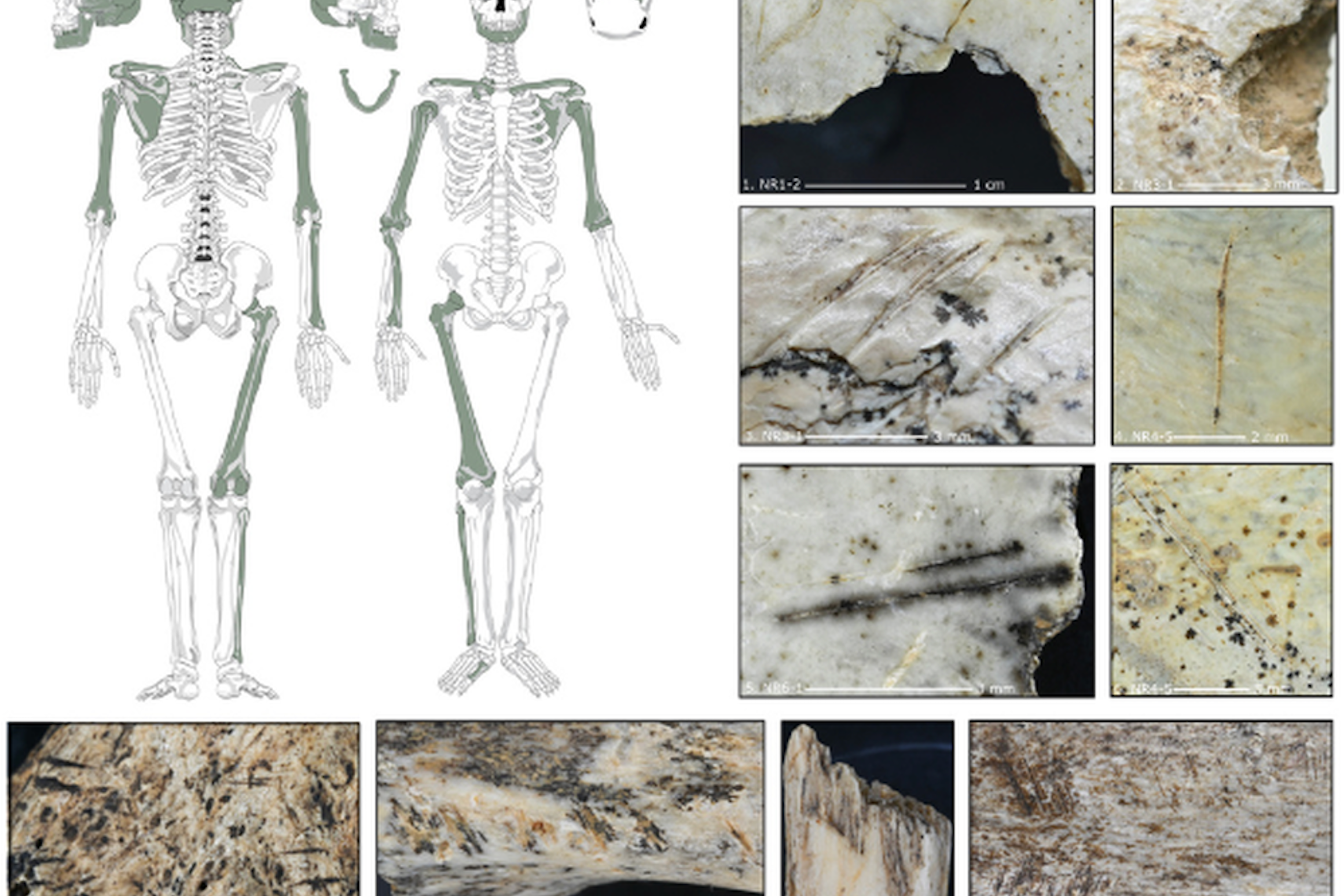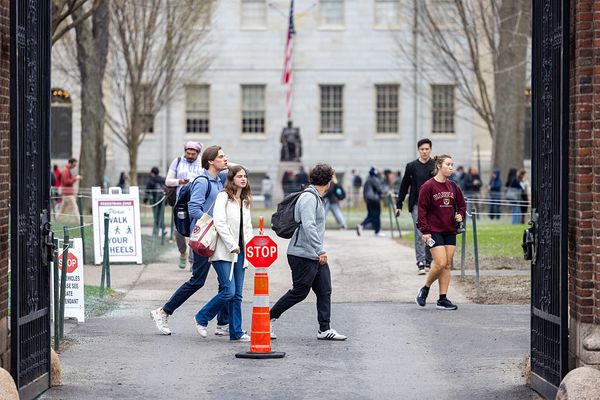Fossils unearthed from a Polish cave suggest early Europeans engaged in cannibalism, sometimes even eating the brains of their enemies, during a time of war about 18,000 years ago.
The findings, published in the journal Scientific Reports, shed more light on the mortuary and ritual practices of Magdalenian hunter-gatherers who lived in what is now Poland.
Previous research suggested that ancient human societies resorted to cannibalism either for ritual purposes or due to starvation conditions.
The latest study shows evidence of cannibalism on dozens of bones taken from the Maszycka cave near Krakow during a series of digs through the 19th and 20th centuries until the 1960s.
Since most of the bones were splintered when they were unearthed, it was not known that they were of human origin.
Now, analysing cut marks on 53 of the bones using 3D microscopy techniques, scientists can confirm “nutritional exploitation of the bodies”.
The analysis confirms the bodies were processed shortly after death, without much time given for decomposition.
It shows many of the marks on the fossil human bones to be consistent with marks on animal bones that had been cut up and consumed, researchers say.
Some fossil bones even appear to have been cracked open to remove their nutrient-rich marrow for consumption.

Cut marks on the skulls point to the removal of the scalp and flesh to access the brain, an organ rich in nutrients. Marks and intentional fractures on the bones point to the “extraction of muscle bundles, brain and marrow”. “This systematic manipulation suggests a comprehensive consumption of the remains, prioritizing the most nutritious parts,” researchers say.
"The location and frequency of the cut marks and intentional fracturing in the skeleton clearly show a nutritional exploitation of the bodies, ruling out the hypothesis of a funeral treatment without consumption,” study co-author Francesc Marginedas from the University of Rovira i Virgili said.

The human bones were found mixed in with those of animals, suggesting they may have been consumed together.
Since all the bones were dated to roughly the same period, researchers suspect the animals and humans may have been killed in the same event, likely during a time of war.
"Cannibalism is a behaviour documented at various times in human evolution. In prehistoric contexts, it could respond to both survival needs and ritual practices or even intergroup violence dynamics,” Palmira Saladié, another author of the study, said.
A demographic expansion following the Last Glacial Maximum about 20,000 years ago may have intensified competition for resources, leading to confrontations between different early human communities, researchers say.
Such a conflict in some cases may have led to war cannibalism, they suspect.







